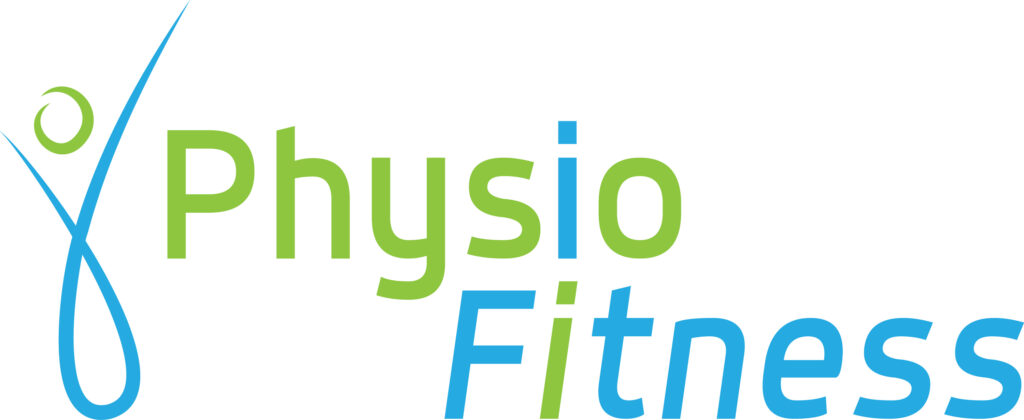Menopause is a natural biological process that marks the end of a woman’s reproductive years, typically occurring in the late 40s to early 50s. While it is often discussed in relation to symptoms like hot flashes and mood swings, menopause also significantly impacts the musculo-skeletal system. Understanding these changes is crucial for managing health and maintaining quality of life during and after the transition.
Hormonal Changes and Their Impact
The decline in oestrogen levels during menopause is the primary driver of changes in the musculo-skeletal system. Estrogen plays a key role in maintaining bone density and muscle mass. Its reduction leads to several significant effects:
- Bone Density Loss
- Osteoporosis: Oestrogen helps to regulate the balance between bone resorption (breakdown) and formation. With lower estrogen levels, bone resorption outpaces formation, leading to decreased bone density and increased risk of osteoporosis. Women can lose up to 20% of their bone density in the first five to seven years after menopause.
- Fractures: The risk of fractures, particularly in the spine, hips, and wrists, increases due to weakened bones. Hip fractures, in particular, can lead to significant morbidity and mortality.
- Joint Health
- Osteoarthritis: Reduced oestrogen levels can affect the cartilage, leading to joint pain and stiffness. Postmenopausal women are more likely to develop osteoarthritis, particularly in the hands and knees.
- Joint Pain: Menopause can also cause or exacerbate joint pain, which may be related to changes in hormone levels affecting the lubrication and functioning of the joints.
Muscle Mass and Strength
Menopause also impacts muscle mass and strength, a condition known as sarcopenia:
- Muscle Mass Decline
- Sarcopenia: The reduction in oestrogen contributes to a decline in muscle mass and strength. This process begins in the mid-30s but accelerates during menopause, leading to a greater risk of frailty and falls.
- Metabolic Changes: Loss of muscle mass affects metabolism, potentially leading to weight gain and increased fat distribution around the abdomen, which can further affect musculoskeletal health.
- Physical Function
- Reduced Physical Performance: Decreased muscle strength and endurance can lead to difficulties in performing daily activities, affecting overall mobility and quality of life.
- Increased Risk of Falls: Weakened muscles and bones increase the likelihood of falls, which can result in fractures and other injuries.
Managing Musculo-Skeletal Health Post-Menopause
Maintaining musculo-skeletal health during and after menopause requires a multifaceted approach:
- Diet and Nutrition
- Calcium and Vitamin D: Adequate intake of calcium and vitamin D is essential for bone health. Foods rich in these nutrients or supplements can help mitigate bone density loss.
- Protein: Sufficient protein intake supports muscle maintenance and repair.
- Exercise
- Weight-Bearing Exercises: Activities like walking, running, and resistance training help build and maintain bone density and muscle mass.
- Flexibility and Balance Training: Yoga, Pilates, and balance exercises can improve joint function and reduce the risk of falls.
- Medical Interventions
- Hormone Replacement Therapy (HRT): HRT can help alleviate some of the musculo-skeletal symptoms of menopause by supplementing oestrogen levels, though it is not suitable for everyone and requires careful consideration of risks and benefits.
- Medications: Bisphosphonates, selective oestrogen receptor modulators (SERMs), and other medications can help protect bone density and manage osteoporosis.
- Regular Check-Ups
- Bone Density Tests: Regular bone density screenings can help detect osteoporosis early, allowing for timely intervention.
- Physical Assessments: Routine check-ups with a healthcare provider can help monitor musculo-skeletal health and adjust treatment plans as necessary.
Conclusion
Menopause brings about significant changes to the musculo-skeletal system due to the decline in estrogen levels. These changes can affect bone density, joint health, muscle mass, and overall physical function. However, with proper management through diet, exercise, medical interventions, and regular health check-ups, women can maintain their musculo-skeletal health and enjoy a better quality of life during and after the menopausal transition.




